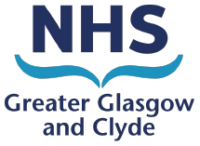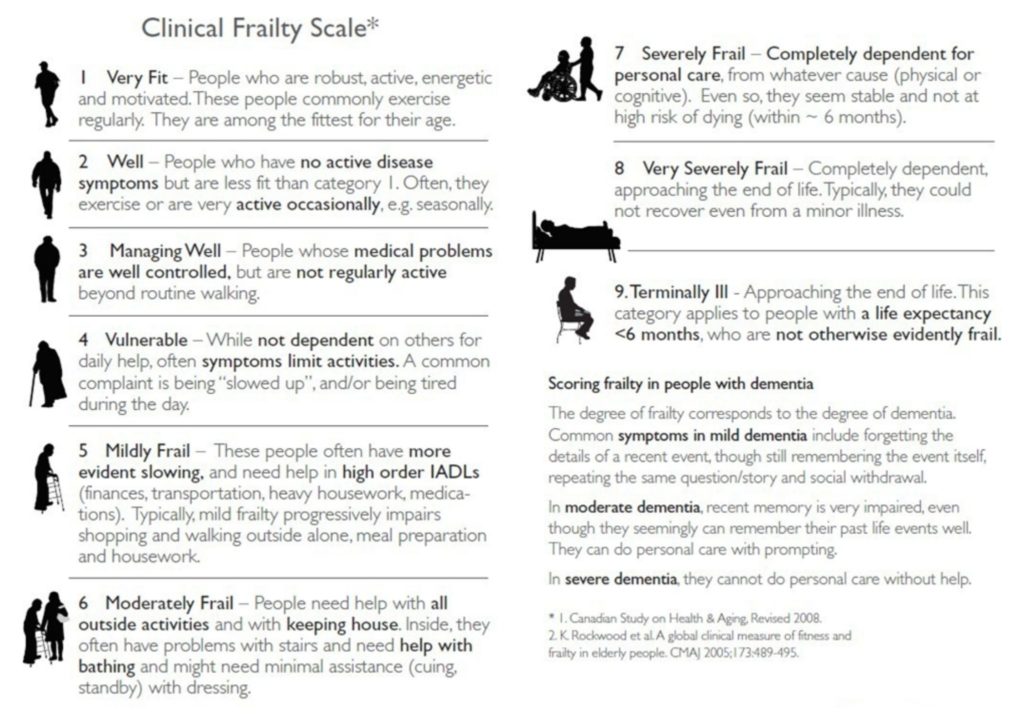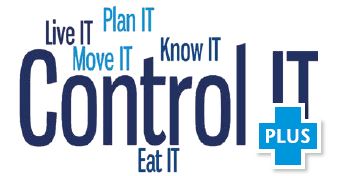Imagine your child is sick. You take them to hospital but you can’t find a way to let the staff there know what is wrong.They ask you questions, but you don’t understand what they are saying.
This is just one of the frightening scenarios which people can find themselves in if they have difficulties with the types of communication many of us take for granted. There are many reasons why someone might find themselves in this situation:
- English is not their first language
- They have a visual impairment, are Deaf or hard of hearing
- A condition such as a stroke or having learning difficulties is making communication difficult
- They have difficulty reading
Health staff not being able to communicate effectively with patients can have real consequences for their health and the services they receive. Many patients miss appointments or are unable to access services because of the language barrier. It is also frustrating for staff who find themselves unable to communicate with their patients.
NHSGGC aims to ensure that we providing effective communication support for all those who need it.
Accessible Information Policy
- NHSGGC’s ‘Clear to All’ Accessible Information Policy is designed to make sure there is a consistent, accurate and clear approach in providing information to patients and members of the public in a range of formats and languages. Translated versions of any NHSGGC resource or information relating to individual clinical care can be obtained via the Clear to All web page.
- Staff Resources
- Information for patients and public
Interpreting Service
Providing interpreting services is a vital part of the ongoing work to ensure that everyone receives the best possible care. NHSGGC has an in-house interpreting service. Find out more about the Interpreting Service.
NHSGGC’s Interpreting, Communication & Translation Policy aims to ensure there is a consistent and clear approach to the provision and delivery of interpreting and communication support for all our patients and service users.
For a range of language resources currently available for NHS staff, please go to Staff Resources.


